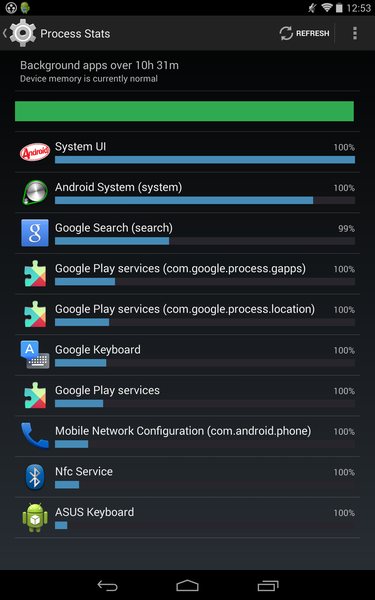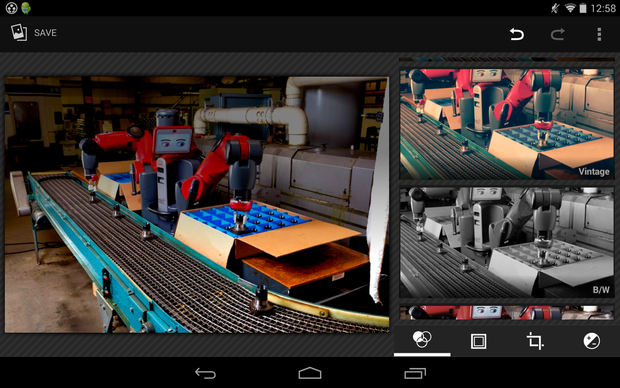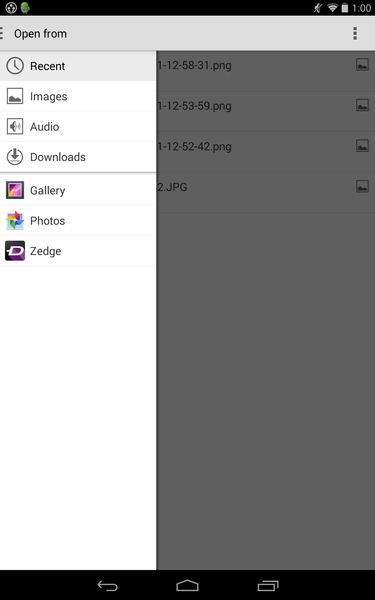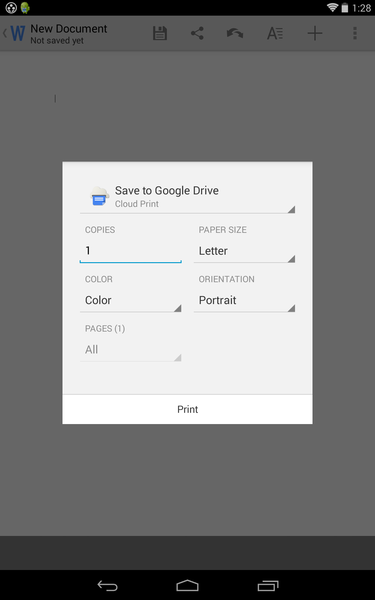made notable improvements to its latest operating system by adding a more polished design placing an emphasis on efficiency. But some of the more interesting additions aren’t so obvious—you’ll have to scrape a few layers below the surface to find them. Take a spin through the following features see what KitKat is capable of.
Step detector counter

Carry your phone in your pocket Moves tracks your daily activity automatically.
Internal motion sensors accompanying fitness apps are becoming smartphone staples. KitKat adds support for hardware motion coprocessors (similar to the M7 co-processor found in the ione 5s), counts steps in the background while using very little power. Supporting third-party apps like Moves Runtastic dometer can hook into this OS-level support to track your steps without punishing your battery life.
ocess stats

To find your process stats: Settings > Developer Options > ocess Stats
Earlier versions of Android included an option for checking out each app’s storage data, but now you can also examine memory consumption, a feature found under Developer Options. (To enable Developer Options, to to Settings > About one > find Build Number. Tap on it several times until the phone asks if you want to enable Devleoper Options.) The stats show an overarching summary of system memory, each app’s memory load, an overall analysis. ile it’s geared toward developers, the stats are beneficial for any user who’d like to see which apps eat up the most RAM.
Advanced photo editor

Effects, filters, controls were all added to the editor in KitKat.
ile you won’t see anything particularly groundbreaking in the stard Gallery editor, it’s worth noting the small updates. The new stock Gallery adds some more tools, like graduated filters local adjustments, along with accurate adjustment levels for effects. As a non-destructive editor, changes can be made without affecting the original image.
If you intend on making highly detailed alterations to your images, you’ll want to stick to otoshop. And of course, most smartphones ship with their own image editors full of br-specific features.
Streamlined file management

Snag all of your documents from one place.
Using a new storage access framework, grabbing files from cloud local storage can be done from one location. Instead of opening up a single app to open documents or images, a browser-like menu provides access to apps like Dropbox, Drive, internal storage all from one place.
Enable/disable lockscreen widgets

ckscreen widgets can now be toggled on off.
ckscreen widgets aren’t enabled automatically as they are in llybean, but they can still be turned on. The option can be found under Settings > Security > Enable widgets. Once the box is checked, widgets can be added to the lockscreen as usual. The added security measure was put in place to avoid any personal information like Gmail accounts being readily available if you happen to lose your phone.
ckscreen audio controls with full album art

ay, pause skip music directly from your lockscreen.
Songs can also be played, paused, skipped directly from the lockscreen. It may seem trivial, but it does save a step or two when you’re ready to scrub through a portion of a song. Full screen album art now appears with the audio player, which basically replaces your wallpaper adds a nice design element.
Immersive Mode

Read books or watch movies without the clutter.
Reading or watching movies while contending with a navigation bar other panels can sometimes be distracting. resolves the issue with Immersive Mode, allowing for full-screen viewing. Apps that support Immersive Mode take over the whole screen, you can take a peek at your status bar or navigation buttons by swiping in from the top or bottom edge of the screen. Unfortunately, some applications aren’t exactly friendly to the new immersive layout yet.
reless printing

Utilize Cloud int for wireless printing.
Mobile printing is still more troublesome than it has to be. seeks to alleviate some of the struggles by adding -Fi cloud options to its printing framework. Cloud int comes pre-installed on most devices Chrome, Drive, Gallery, QuickOffice all support it. There’s a new printer framework that makes it easier for manufacturers to add their own print services, too. H for example, has used this to create its own int Service ugin for KitKat devices. Once your printer is set up via -Fi or ’s cloud service, it’s fairly easy to print documents from anywhere.
















